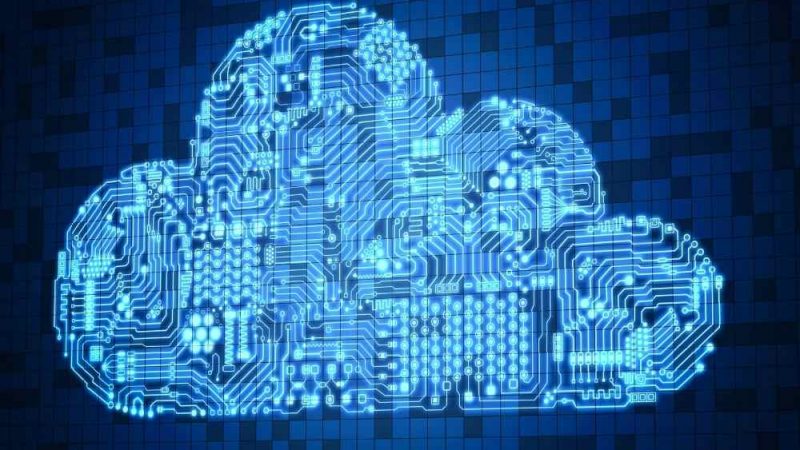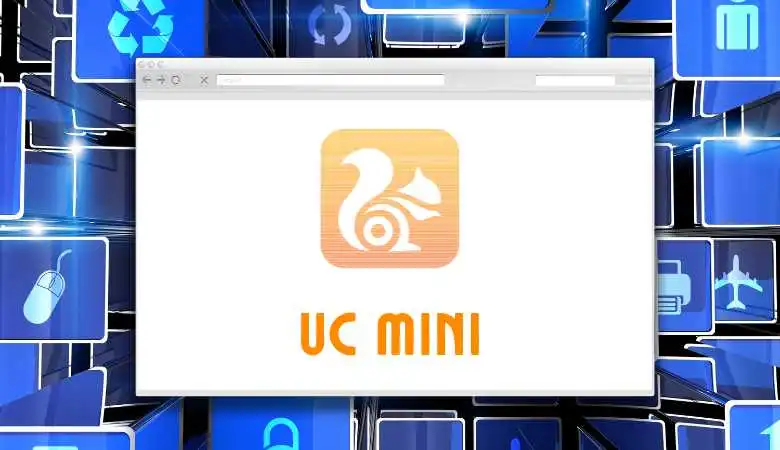What is IoT, Why IoT is required and How this technology is Evolving?

The Internet of Things (IoT) is at the epicentre of the Digital Transformation Revolution that is transforming the appearance of business, industry and technology users lives. This change impacts everything from maintaining and commanding our homes to automate methods over almost all applications.
What is IoT
Internet of Things: (IoT) transfers to a system of interrelated, internet-connected gadgets that can receive and transmit data over a wireless network externally human interference.
The Internet of Things (IoT) is where devices are attached to the internet can be controlled or used to send information. This involves devices in households, companies, industries, farms and cities that are available online.
In a nutshell, that’s the Internet of Things. The world is growing more interconnected each day, from smart cities and cars to smart stethoscopes and dog collars. And there’ve nevermore been more items in the ever-expanding IoT ecosystem.
Connecting objects to the internet yield many incredible benefits. We’ve all noticed these benefits with our smartphones, laptops, and tablets, but this is correct for everything else too.
The physical devices of the Internet of Things around the globe all gather and share data—gratitude to the return of super-cheap computer chips and the omnipresence of wireless networks.
It’s reasonable to turn anything into a part of the IoT; connecting all these various things and adding sensors combines a level of digital intelligence, allowing them to communicate real-time data without requiring a human being.
Why IoT Required
When something is related to the internet, it can send data or receive information, or both. This capability to send and receive information makes everything bright, and more active is more beneficial.
Let’s accept smartphones repeatedly as an example. You can hear any song in the world, but not because your phone has each music saved.
It’s because every item in the world is saved somewhere else that place is known as “the cloud”, and your mobile can inquire about a song and receive information to run it.
The end-to-end security of IoT is critical for both device and network connections. Smart devices connected to the internet allow centralized connectivity with people, plans, and networks.
These seamless network associations build a practical and customized user activity for both end-users and businesses. However, the increasing network-connected device is approaching the IoT itself.
Internet of Things Examples
More innovative technologies and connectivity policies hit the market, IoT innovation will proceed to grow, promoting the conversion of unrelated objects into intelligent connected devices. This bias will change industries of all varieties, as well as our individual lives.
- Connected Cars
- Wearables
- Health
- Traffic monitoring
- Agriculture
- Hospitality
- Maintenance management and many more.
Businesses that provide the data produced by the Internet of Things will remain and grow in the future. They will receive a meaningful competing edge.





![Next Generation of Intel Laptop Processors [2025]](https://www.scrolltrendy.com/wp-content/uploads/2024/12/Intel-Laptop-Processors-2025.webp)
